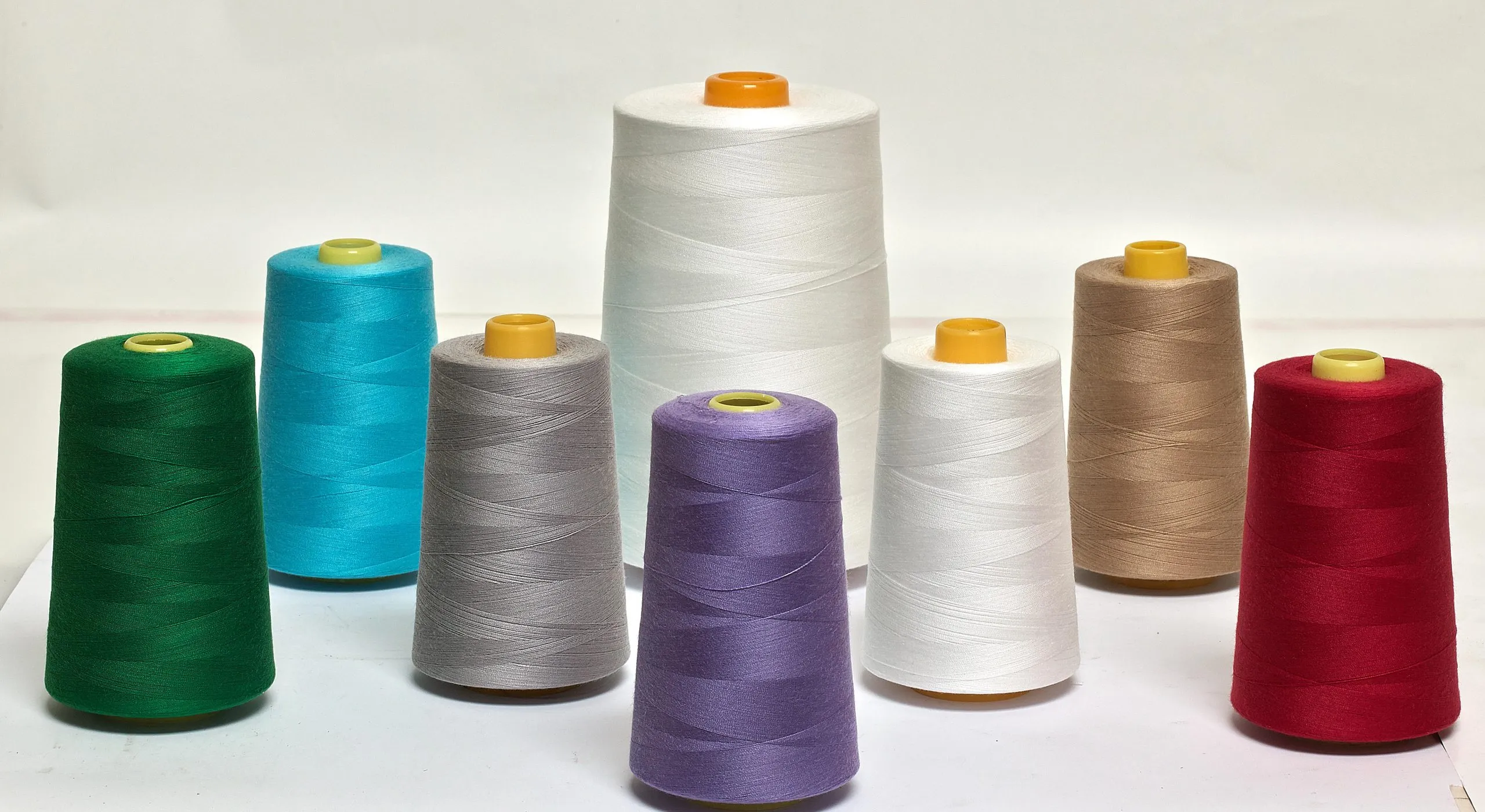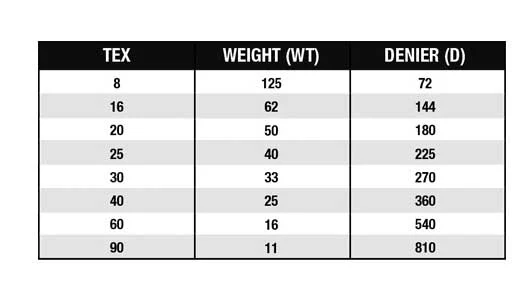
Clothing means more than colours and patterns. It’s the fabrics brushing against our skin every day and the design details shaping our comfort, confidence, and health. In a world where smart dressing meets self-care, understanding how fabric choice and garment construction affect mood, movement and well-being has never been more important. This article explores how thoughtful fabric and design decisions empower women to feel comfortable, confident, and ready for everyday life whether at work, at home or on the move.
How To Fabric & Design of Clothing Affects Mood and Confidence
Clothing doesn’t just change how others see us it changes how we see ourselves. Psychologists call this “enclothed cognition,” meaning what you wear can affect your thoughts and confidence. Soft, flattering fabrics can lift your mood, while tight or scratchy clothes can make you tense. Dressing with comfort in mind is a small but powerful act of self-care.
- Soft Touch Fabrics: Smooth materials like cotton, modal, or silk create physical ease that supports calmness.
- Colors & Fit: Shades that reflect your personality can improve self-image and reduce stress.
- Mindful Dressing: Planning outfits you feel good in reduces daily decision fatigue.
- Minimal Pressure: Clothes that fit well and don’t dig into your body free your mind to focus on what matters.

Quick Fabric Guide by Situation:
| Situation | Best Fabric Choices | Why They Work |
|---|---|---|
| Office or Workday | Cotton poplin, modal blends, or wool jersey | Breathable, presentable, wrinkle-resistant |
| Hot & Humid Days | Linen, light cotton, bamboo | Keeps you cool and dry |
| Travel & Long Commutes | Stretch wovens, wrinkle-free cotton | Comfort + mobility |
| Exercise or Yoga | Moisture-wicking blends, merino | Sweat control + odor resistance |
| Sensitive Skin | Organic cotton, silk, washed linen | Hypoallergenic, smooth, chemical-free |
About Fabric:
Your skin is the largest organ in your body it breathes, absorbs moisture, and reacts quickly to changes in temperature or irritation. The fabric that touches your skin all day has a real impact on your comfort, hygiene, and even your health. Some fabrics let your skin breathe and move freely, while others trap heat and sweat, which can lead to itching, redness, or breakouts. Let’s look more closely at which fabrics are healthiest for daily wear and which ones deserve a little caution.

Fabrics That Are Kind to Your Skin:
The fabric you wear directly affects how your body breathes, sweats, and stays comfortable. Natural fibres let your skin release heat and moisture, while synthetic ones can trap them. When fabrics don’t allow airflow, skin irritation and odor build up quickly especially in hot climates. Choosing skin friendly fibres keeps you cool, fresh, and confident throughout the day.
Cotton:
- Nature & Benefits: Cotton is one of the most skin-friendly fibres on Earth. It’s soft, breathable, and highly absorbent, meaning it pulls sweat away from your skin and helps keep you dry.
- Best Uses: Great for T-shirts, undergarments, bedsheets, and summer wear.
- Extra Tip: Go for combed cotton or organic cotton when possible they’re smoother and produced with fewer chemicals, reducing irritation risk.

Linen:
- Nature & Benefits: Linen, made from the flax plant, has a slightly rougher texture but excellent airflow. It wicks moisture faster than cotton and dries quickly, which keeps the body cool even in humid climates.
- Best Uses: Ideal for summer dresses, shirts, and breathable trousers.
- Extra Tip: Linen wrinkles easily, but that’s part of its charm its crumpled look signals naturalness and ease. Look for washed linen for softer comfort.
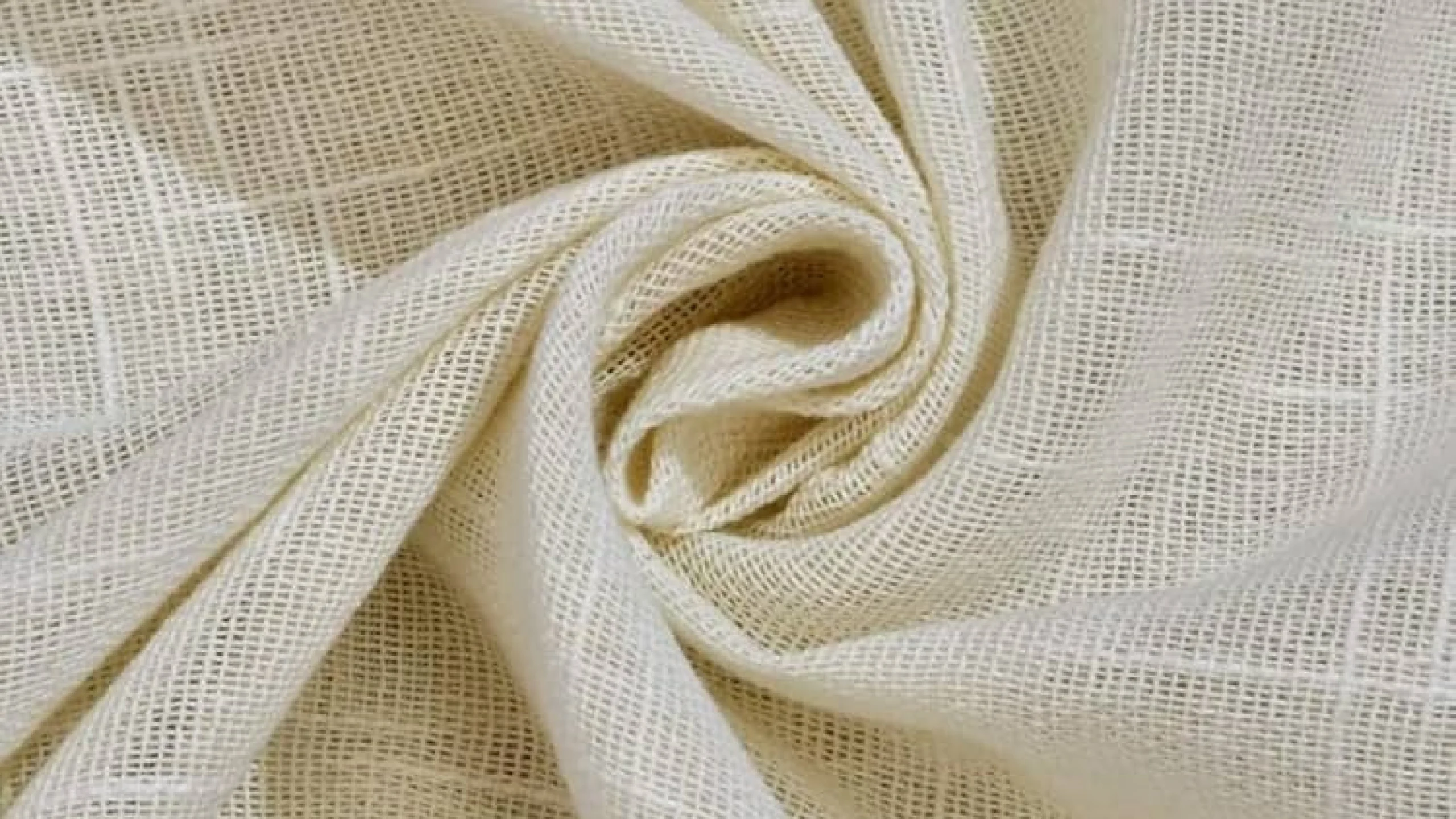
Silk:
- Nature & Benefits: Silk feels luxurious and light. It’s smooth against the skin and naturally hypoallergenic, meaning it resists dust mites and bacteria.
- Best Uses: Perfect for blouses, scarves, and inner linings.
- Extra Tip: Hand-wash silk or use delicate cycles it’s a strong yet sensitive fibre.
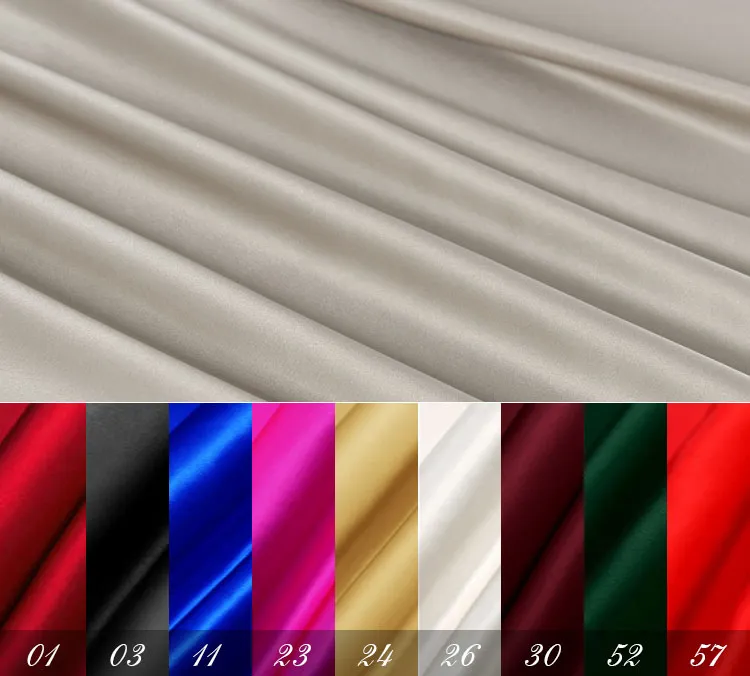
Bamboo Fabric:
- Nature & Benefits: Bamboo is technically a regenerated cellulose fibre, but it behaves like natural fabric breathable, absorbent, and incredibly soft. It also has natural antibacterial qualities that can reduce odor buildup.
- Best Uses: Excellent for underwear, loungewear, yoga sets, and activewear.
- Extra Tip: Look for closed-loop processed bamboo (viscose) to ensure it’s eco-friendly.
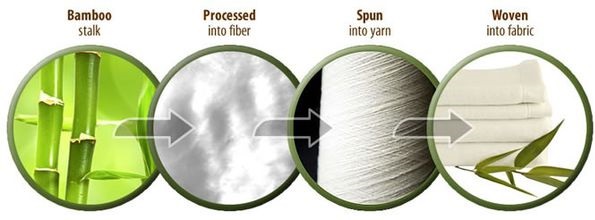
Moisture Wicking Blends:
- Nature & Benefits: These are technical fabrics (often polyester mixed with spandex or nylon) that are engineered to pull moisture away from the skin and dry quickly. They’re great for workouts or long travel days.
- Best Uses: Sportswear, uniforms, and active outdoor clothing.
- Extra Tip: Choose certified non-toxic brands, since some cheap synthetics are treated with harsh chemicals.
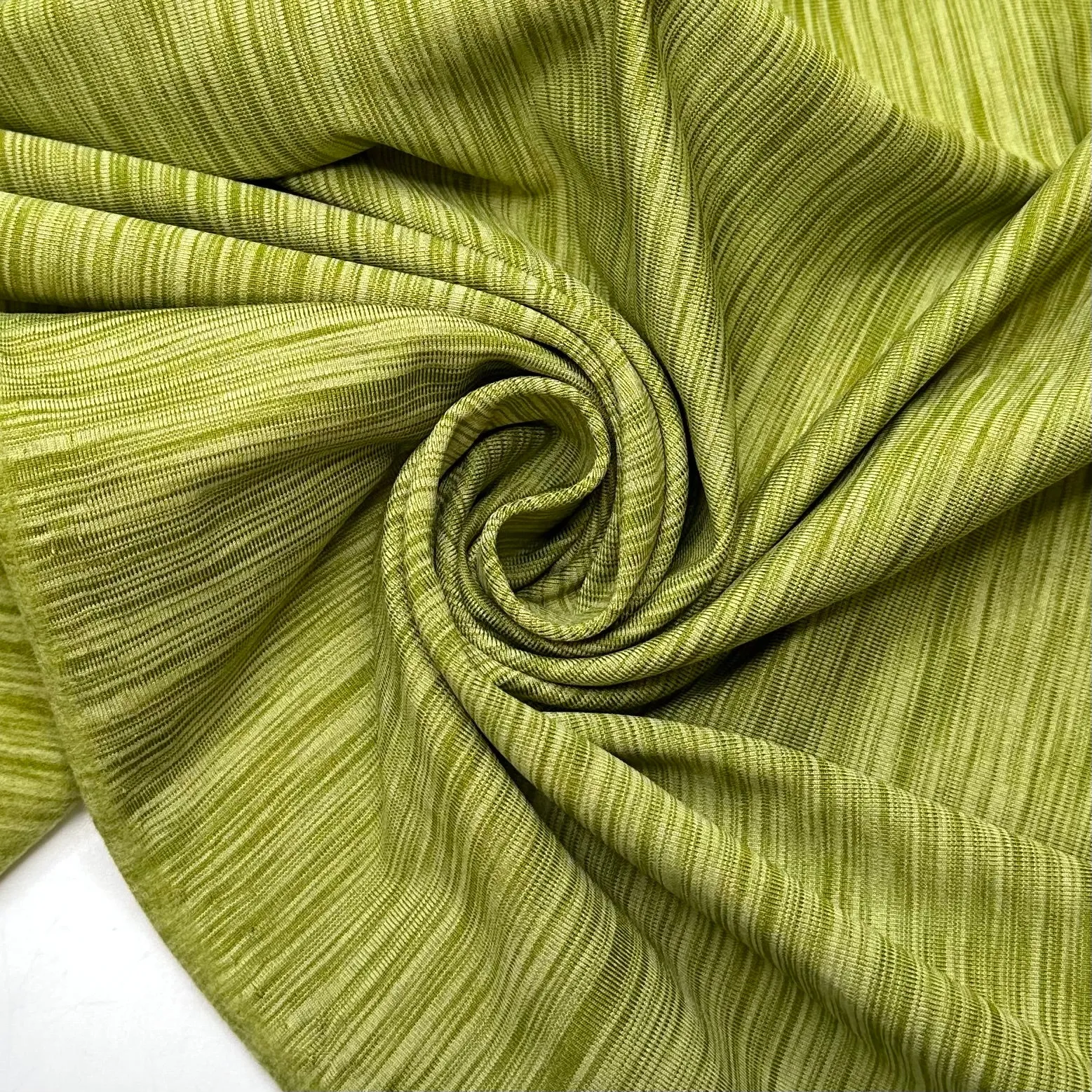
Fabrics to Be Careful With:
Some textiles may look stylish or feel comfortable at first, not all fabrics are kind to your skin or health in the long run. Certain synthetic or chemically treated materials can trap heat, cause irritation, or expose you to unwanted chemicals. Here are a few types to keep an eye on and why it’s worth choosing alternatives when you can.
Polyester and Nylon (inexpensive blends)
While these fibres are durable, lightweight, and wrinkle-resistant, they’re not very breathable. Trapped heat and sweat can cause rashes or body odor if worn for long hours. Many low-cost polyester items also contain chemical additives (such as formaldehyde resins or phthalates) that help with wrinkle resistance but can irritate sensitive skin.
Spandex and Elastane (in tight fits)
Stretchy fabrics like spandex are great for mobility but can cling too tightly, trapping sweat and bacteria against the skin. Choose garments that balance stretch with ventilation, and wash them often.
Chemically Finished Textiles
Fabrics labeled “wrinkle-free,” “stain-resistant,” or “anti-odor” may be treated with PFAS or bisphenol compounds, which can migrate into skin over time. Opt for untreated or naturally performance-oriented fibres when possible.
Smart Fabric Habits for Skin Health:
- Wash new clothes before wearing: This removes leftover dyes, resins, and finishing agents from manufacturing.
- Alternate fabrics daily: Switching between natural and synthetic fabrics gives your skin time to breathe and recover.
- Watch for irritation patterns: If redness appears in consistent areas (like underarms, waist, or thighs), switch to looser, more breathable options.
- Choose lighter dyes: Dark, richly colored fabrics often use more dye chemicals.
About Design
What you wear can quietly shape how you move, feel, and even think throughout the day. True comfort goes beyond soft fabrics or good looks it’s about design, fit, and how well your clothes support your body and mind. From hidden seams that prevent chafing to clever pockets that keep essentials close, every detail matters. In this guide, we’ll explore how smart design improves comfort and mobility, why certain clothing choices can enhance safety and confidence, and how dressing with awareness can lighten both your mood and your environmental footprint. Think of it as learning to wear comfort not just clothes.
Design Details That Boost Comfort & Mobility:
How clothes are designed matters just as much as what they’re made from. Seams, shapes, and small construction choices can decide whether you move freely or feel restricted. The right design helps your body bend, stretch, and breathe naturally especially during long hours of work or travel. Comfort design is the secret to clothes you forget you’re even wearing.
- Raglan Sleeves: Give better shoulder movement than standard set-in sleeves perfect for active days or office wear.
- Elastic Panels or Stretch Zones: Added at knees, hips, or shoulders to allow flexibility.
- Smooth Seams: Reduce friction on sensitive areas like underarms or waistbands.
- Adjustable Closures: Side zippers, drawstrings, and waist ties adapt to body changes throughout the day.
- Ease Allowance: A few extra centimeters in key spots (bust, seat, thigh) make a huge difference in all-day comfort.
Safety-Minded Clothing for Everyday Life:
Clothing can play a subtle but important role in personal safety and readiness. While fashion should never carry blame, practical features can help women feel more secure and prepared. Clothes that allow freedom to move, stable footing, and safe storage of essentials make daily commuting and travel more comfortable. Feeling safe is part of feeling strong.
- Secure Pockets: Keep phones, keys, and cards safe and easy to reach.
- Non-Restrictive Cuts: Skirts and pants that allow quick, comfortable movement.
- Practical Shoes: Low, stable soles reduce the risk of falls and fatigue.
- Quick Fastenings: Easy-to-use zippers and buttons help in tight or urgent situations.
Dressing for the Season (and the Weather)
Seasonal comfort is about layering smart, not piling heavy. The body regulates temperature best when fabric and design work together to trap or release heat as needed. Lightweight, breathable bases with insulating or windproof layers on top offer flexibility. This way, you can stay comfortable without overpacking or overheating.
- Base Layer: Cotton, bamboo, or performance blends to manage moisture.
- Mid Layer: Wool or fleece to retain warmth in cooler months.
- Outer Layer: Windproof or water-resistant fabrics protect against weather.
- New Smart Fabrics: Modern textiles inspired by squid skin can regulate heat automatically, keeping you comfortable with less effort.
Dressing for the Season (and the Weather)
Seasonal comfort is about layering smart, not piling heavy. The body regulates temperature best when fabric and design work together to trap or release heat as needed. Lightweight, breathable bases with insulating or windproof layers on top offer flexibility. This way, you can stay comfortable without overpacking or overheating.
- Base Layer: Cotton, bamboo, or performance blends to manage moisture.
- Mid Layer: Wool or fleece to retain warmth in cooler months.
- Outer Layer: Windproof or water-resistant fabrics protect against weather.
- New Smart Fabrics: Modern textiles inspired by squid skin can regulate heat automatically, keeping you comfortable with less effort.
Fast Fashion, Mental Health & Sustainability
The pressure to constantly update your wardrobe can quietly affect mental well-being. Fast fashion promotes quick consumption but leaves emotional and environmental waste behind. Studies show that many people, especially young women, feel stressed about keeping up with trends. Shifting toward slower, more mindful buying reduces clutter and anxiety.
- Mental Load: 40–50% of young consumers say fast fashion causes stress and guilt.
- Environmental Impact: Over 10 billion garments are discarded each year in the U.S. alone.
- Solution: Choose quality over quantity timeless pieces last longer and simplify decision-making.
- Emotional Benefit: Wearing clothes that last builds satisfaction and a sense of stability.
Tip: Before buying something new, imagine wearing it 30 times. If not, skip it.
Simple Clothing Checklist Before you Buy:
Choosing clothes becomes easier when you have a quick mental checklist. This helps avoid impulse buys and ensures each item you pick adds value to your comfort, confidence, and health. Think of it as your personal style compass keeping fashion practical yet joyful. The Checklist:
- Fabric: Is it breathable and skin-safe?
- Design: Can I move freely and reach my pockets?
- Fit: Do I feel relaxed sitting and standing?
- Care: Is it easy to wash and quick to dry?
- Longevity: Will I wear it for years, not weeks?
Tip: Simple checks like these make your wardrobe cleaner, smarter, and more meaningful.
Final Thoughts / Final Words
Every fabric and design choice tells a story about how you care for yourself, your comfort, and your confidence. By choosing breathable materials, movement-friendly cuts, and timeless designs, you’re not just dressing well you’re dressing wisely. The more thoughtfully you choose, the longer your clothes and your peace of mind will last.
FAQs About Fabric & Design Choices Women
What are the best fabrics for sensitive or easily irritated skin?
Natural fibres are always the safest choice. Cotton, silk, and linen let your skin breathe and reduce moisture buildup that can cause irritation. If you prefer something softer, bamboo fabric is naturally antibacterial and gentle on the skin. Avoid synthetic materials like low-grade polyester or nylon when worn tightly, since they can trap heat and sweat. Tip: Always wash new clothes before wearing this removes factory finishes and leftover dyes that can cause itching.
I live in a hot, humid climate. Which fabrics keep me cool and fresh?
In tropical or humid weather, focus on airflow and moisture control. Linen, cotton lawn, and bamboo viscose allow heat to escape and dry fast after sweating. Choose light colors since dark tones absorb heat. Avoid thick denim, heavy polyester, or tight elastic clothing during summer days. Tip: If you must wear synthetics, pick ones labeled “moisture-wicking” or “quick-dry” to help manage sweat.
Are “wrinkle-free” or “stain-resistant” fabrics safe for daily use?
Not always. Many wrinkle-free or stain-resistant garments are treated with formaldehyde or PFAS coatings to maintain smoothness. These chemicals can irritate sensitive skin and may be linked to long-term health risks. For safety, look for OEKO-TEX® or Bluesign® certified labels these guarantee the fabric has been tested for harmful substances. Tip: You can achieve a neat look without chemical finishes by choosing naturally structured fabrics like cotton poplin or twill.
What kind of clothing design helps me move more comfortably?
Look for pieces designed with your body’s natural motion in mind. Raglan sleeves allow the shoulders to stretch, elastic panels at the waist or back improve flexibility, and looser fits around the hips and thighs prevent restriction. Flat seams reduce friction and feel smoother against the skin. Tip: When trying on new clothes, lift your arms, bend forward, and sit if it feels comfortable in all positions, it’s a good design.
Can what I wear really affect my mood or confidence?
Absolutely. Studies show that clothing influences mood, energy, and even focus a concept known as “enclothed cognition.” Soft fabrics like cotton and silk calm the mind, while well-fitted garments improve posture and self-esteem. Colors also play a role cool blues feel peaceful, while warm reds add confidence. Tip: Dress in what makes you feel like your best self not just what’s trending.
How can I look professional but still feel comfortable at work?
Choose breathable fabrics with a bit of stretch, like cotton blends, modal, or light wool. A stretch blazer, elastic waist trousers, or knit dress allows movement while maintaining a polished look. Prioritize neutral tones (navy, beige, black, or white) that match easily and feel timeless. Tip: Swap stiff formal shirts for cotton or bamboo blouses they look elegant and feel light all day.
What should I wear during menopause or if I often feel hot flashes?
Go for lightweight, breathable fabrics that dry quickly like linen, cotton, or moisture-wicking bamboo. Layer your outfit so you can remove a piece when you feel warm. Avoid thick synthetic fabrics or tight shapewear that traps heat. Tip: Keep a soft cotton shawl or light scarf handy it adds warmth when needed and can be removed easily.

